Planuojate kelionę į vieną gražiausių ir žaviausių Azijos šalių: Tailandą? Vienas pirmųjų dalykų, kuriuos turėtumėte sužinoti, yra tai, kokie orai čia vyrauja ištisus metus. Žinodami oro sąlygų dėsningumus, galėsite pritaikyti savo kelionę, kad pasimėgautumėte geriausiu kiekvieno sezono metu, ir būsite geriau pasirengę blogiausiam.
Šiame vadove aptarsime kiekvieną sezoną, geriausias veiklas, kuriomis galite mėgautis, ir pasidalinsime būtiniausiais pakavimo patarimais. Be to, padėsime nuspręsti, kada geriausia keliauti į Tailandą atsižvelgiant į jūsų keliavimo stilių ir pomėgius. Pradėkime!
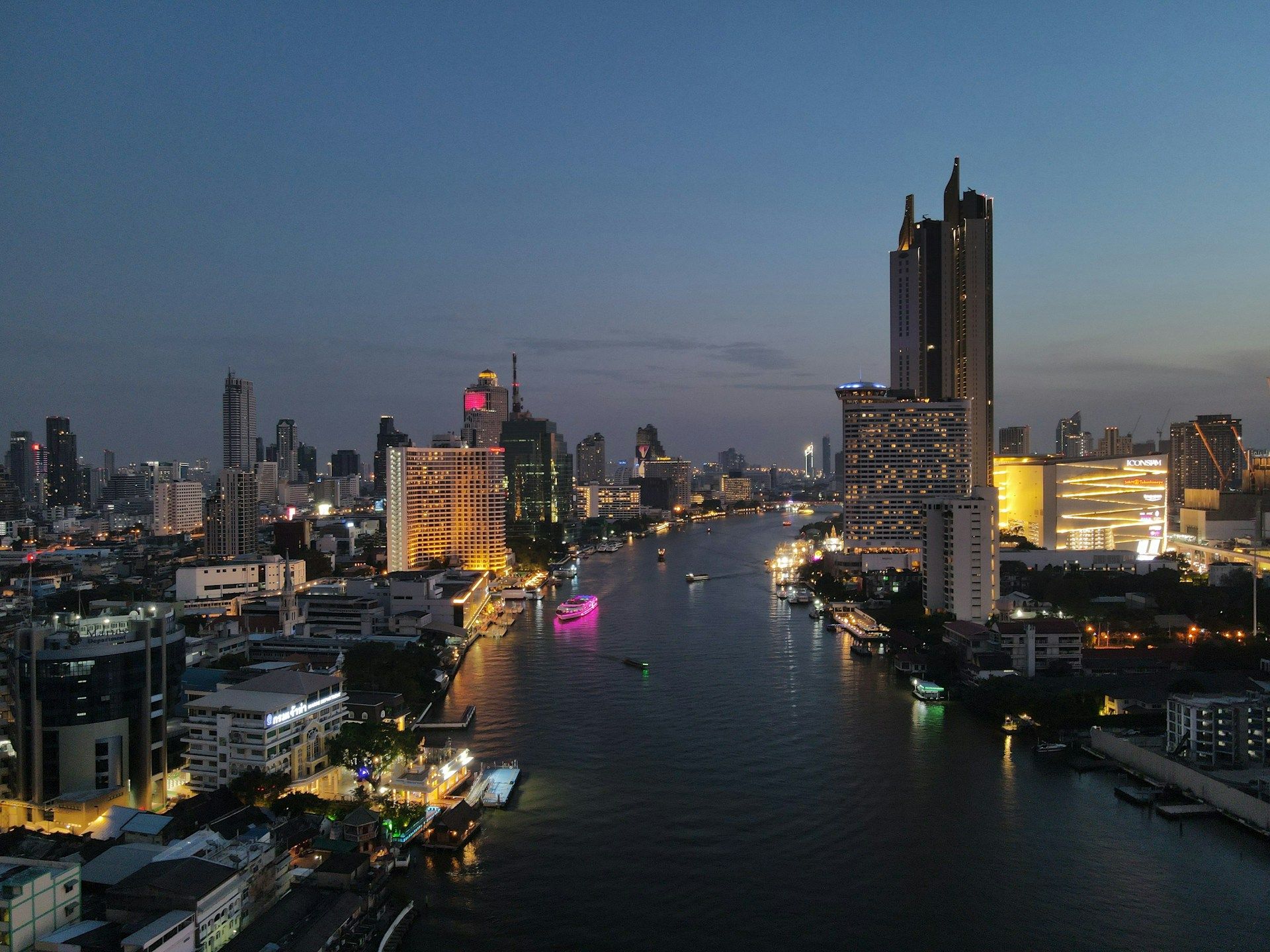
Nuotrauka: Flowdzine Creativity svetainėje Unsplash
Tailando sezonai: paaiškinimas
Skirtingai nuo daugumos Europos šalių, Tailandas neturi keturių „tradicinių“ sezonų. Vietoj to, aptarsime tik tris: karštąjį, drėgnąjį ir vėsųjį. Štai trumpas kiekvieno aprašymas su bendrais patarimais, ko tikėtis.
Karštasis sezonas
Karštasis sezonas trunka nuo kovo iki gegužės mėnesio ir yra pats karščiausias metų laikas Tailande. Temperatūra yra itin aukšta, karščiausiomis dienomis siekianti 40°C. Be to, drėgmės lygis yra aukščiausias, dar labiau sustiprinantis šilumos pojūtį ir dar labiau didinantis diskomfortą.
Apskritai, karštasis sezonas nėra geriausias laikas lankytis Tailande, tačiau yra keletas svarbių aspektų, kuriuos verta paminėti. Nors centriniai miestai, tokie kaip Bankokas ar Čiangmajus, yra itin karšti, pakrantės vietovėse galima mėgautis vėsiais jūros vėjeliais, todėl tai puikus metas jas tyrinėti. Apsilankykite tokiose vietose kaip Puketas ir Krabis ir mėgaukitės nuostabiais paplūdimiais stiprių saulės spindulių apsuptyje.
Drėgnasis sezonas
Po intensyvaus karščio sezono, drėgmė pradeda eksponentiškai didėti, ir prasideda lietūs. Šis metų laikas taip pat žinomas kaip musonų sezonas, ir kai sakome, kad lyja, turime omenyje tikrai daug. Vieną minutę dangus gali būti tobulai mėlynas, diena karšta ir saulėta, o kitą akimirką viskas tampa pilka ir stipriai lyja. Laimė, lietus dažniausiai lyja po pietų ir vakarais, todėl rytais dar galite užsiimti veikla ir tyrinėjimais.
Tačiau šie mėnesiai puikiai tinka aplankyti kaimo vietoves! Nuo tiek daug lietaus džiunglės tiesiog švyti, yra tokios žalios ir vešlios, o kriokliai – galingi ir gyvybingi. Kai kuriose vietovėse gali kilti potvynių, bet tai vis dar puikus laikas lauko veiklai.
Vėsusis sezonas
Metams artėjant prie pabaigos, orai tampa vėsesni ir stabilesni. Tai geriausias laikas aplankyti Tailandą, nes galite vaikščioti neprakaituodami ir nesušlapdami nuo lietaus. Šis pokytis labiau pastebimas šiauriniuose šalies regionuose, nes centrinės ir pietinės sritys išlieka šiltos, bet jose taip pat jaučiamas gaivus vėjelis.
Tai puikus metas tyrinėti miestus, pasiklysti begalinėse gatvėse, paragauti vietinio maisto ir grožėtis paminklais. Tai taip pat geras metas ilgesniems žygiams ir lauko veiklai, todėl pasinaudokite proga aplankyti šventyklas, turgus ir keliauti iš vieno miesto į kitą, vejantis festivalius!
Žiema – geriausias sezonas keliauti į Tailandą
Lapkritis žymi lietaus sezono pabaigą ir paprastai yra laikomas geriausiu mėnesiu aplankyti Tailandą. Orai paprastai būna malonūs, temperatūra svyruoja nuo 25°C iki 32°C, o drėgmė yra mažesnė nei ankstesniu sezonu. Jei norite tyrinėti salas ir paplūdimius, nesijaudinkite dėl šalčio, nes net lapkritį šios vietovės vis dar šiltos ir viliojančios. Tačiau šiauriniai regionai iš tiesų yra vėsesni.
Gruodžio mėnesį orai išlieka malonūs ir sausi, su vidutinėmis temperatūromis, minimaliu kritulių kiekiu ir gausia saulė, todėl tai idealus laikas ekskursijoms ir paplūdimio veiklai visoje šalyje.
Sausis ir vasaris yra šiek tiek vėsesni ir sausesni, temperatūra svyruoja nuo 19°C iki 31°C. Tendencija atitinka šiaurinių regionų, kur temperatūra būna žemesnė, o pakrantės sritys išlieka šiltos. Apskritai, krituliai reti, drėgmės lygis vidutinis, o gaivus vėjelis dažnai padeda sušvelninti atogrąžų šilumą.
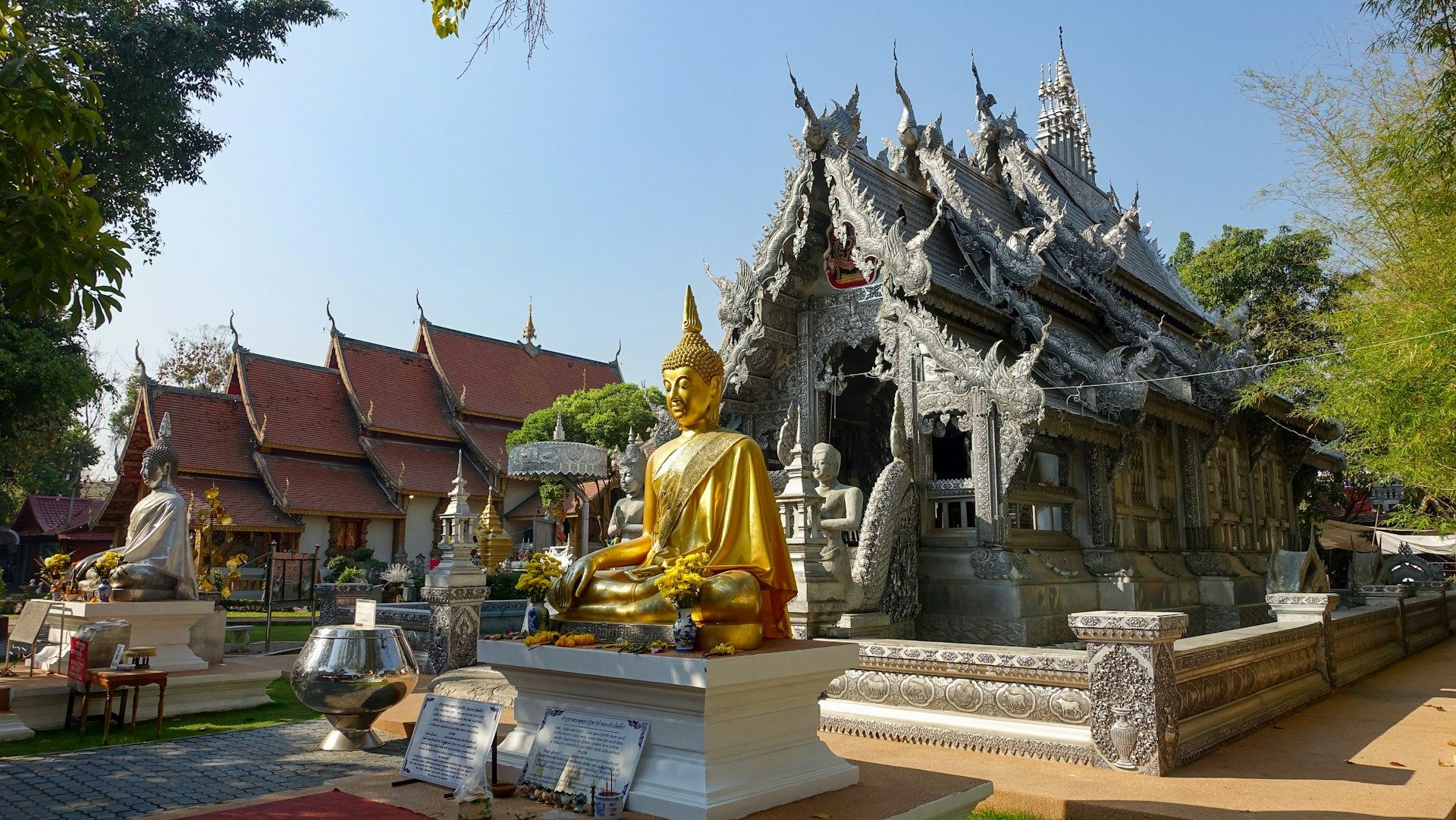
Nuotrauka: Peter Borter svetainėje Unsplash
Veiklos ir renginiai vėsiuoju sezonu
Žiema yra idealus metas aplankyti Tailandą ir mėgautis įvairiomis veiklomis bei renginiais, pavyzdžiui, festivaliais! Čiangmajuje lapkričio mėnesį galite patirti stebuklingąjį Yi Peng žibintų festivalį, kur tūkstančiai žibintų nušviečia dangų. Tai vienas stebuklingiausių ir unikaliausių renginių visoje Azijoje.
Kultūros keliautojai taip pat gali mėgautis apsilankymu Doi Suthep šventykloje. Ši sena vieta yra ant kalno, iš kurio atsiveria neįtikėtini Čiangmajaus miesto vaizdai. Skirkite laiko ją tyrinėti ir grožėkitės sudėtingais raižiniais ant sienų bei gražiomis auksinėmis stupomis.
Unikali veikla, kuria galima mėgautis žiemos mėnesiais, yra Bankoko gatvės maisto ir naktinio turgaus turas. Tai puikus būdas daugiau sužinoti apie Tailando kultūrą ir artimiau susipažinti su vietiniais gyventojais. Apsilankykite Bankoko kinų kvartale Jaovarate (Yaowarat), kad paragautumėte keptų jūros gėrybių, pad Thai, keptos anties ir egzotiškų vaisių. Tada apsilankykite Čatučako (Chatuchak) savaitgalio turguje, kur rasite daugiau nei 8 000 prekystalių!
Ką pasiimti į žiemos kelionę į Tailandą
Mes tai vadiname žiema, tačiau nesitikėkite pamatyti sniego. Orai vis dar atogrąžų, todėl pakuokite lengvai ir pasiimkite praktiškų daiktų, pavyzdžiui, kvėpuojančių drabužių, marškinėlių, šortų ir sarafano šiltoms dienoms, taip pat lengvą striukę ar megztinį vėsesniems vakarams, ypač jei lankotės šiaurinėse vietovėse. Kalbant apie avalynę, patogūs vaikščiojimo batai ir basutės yra būtini tyrinėjant miestus ir paplūdimius.
Ar verta keliauti į Tailandą karštuoju sezonu?
Pirmąjį karštojo sezono mėnesį, kovą, karštis vis dar yra valdomas, ypač pakrantės vietovėse, tačiau UV indeksas yra aukštas. Orai drėgni, tačiau lietus retas, tik retkarčiais pasitaikantys, trumpi dušai.
Kai sakėme, kad karštuoju sezonu temperatūra gali tapti ekstremali, daugiausia turėjome omenyje balandį. Tai pats karščiausias Tailando mėnuo, kurio vidutinė temperatūra visoje šalyje svyruoja nuo 30°C iki 40°C. Šiaurinėse vietovėse, tokiose kaip Čiangmajus, gali viršyti 40°C, o pakrantės regionai yra šiek tiek vėsesni, vidutiniškai 32°C – 34°C. Kritulių kiekis išlieka žemas, nors pietinėse vietovėse gali pasitaikyti trumpų liūčių.
Gegužės mėnesį orai vis dar karšti, tačiau temperatūra pradėjo šiek tiek mažėti. Drėgmė padidėja, o tai pablogina šilumos pojūtį. Artėjant lietaus sezonui, lietus prasideda nuo nereguliarių liūčių pradžioje ir stipresnio lietaus mėnesio pabaigoje.

Nuotrauka: Evan Krause svetainėje Unsplash
Veiklos ir renginiai karštuoju sezonu
Jei keliaujate į Tailandą karščiausiais mėnesiais, norėsite užsiimti gaivinančiomis veiklomis, o kas gali būti smagiau ir vėsiau nei šokinėjimas po salas Andamanų jūroje? Pietiniai regionai, tokie kaip Puketas, Krabis ir Koh Lanta, sugeba išlikti šiek tiek gaivesni net karščiausią vasarą dėl jūros vėjelio. Galite leistis į ekskursiją iš bet kurios iš jų ir tyrinėti paslėptas įlankas, kalkakmenio uolas ir turkio spalvos lagūnas. Galite nardyti su vamzdeliu arba išsinuomoti baidarę!
Net ir esant intensyviam karščiui, tai puikus metas tyrinėti Tailandą, siūlantis daugybę įdomių veiklų ir ekskursijų. Galite aplankyti Khao Yai nacionalinį parką, skirtą žygiams, ir turėti galimybę pamatyti laukinę gamtą vešliuose miškuose ir prie krioklių.
O kultūros keliautojai negali praleisti Songkrano vandens festivalio balandžio mėnesį. Tai sezono akcentas, Tailando Naujųjų metų šventė, pasižyminti nacionaliniais vandens mūšiais ir iškilmėmis. Ubon Ratchathani žvakių festivalis visada vyksta liepos mėnesį, paprastai apie Asalha Puja ir budistų Gavėnios (Khao Phansa) pradžią, kuri paprastai būna liepos viduryje. Tailando vasarą galite mėgautis turtinga kultūrine patirtimi ir jaudinančiomis veiklomis!
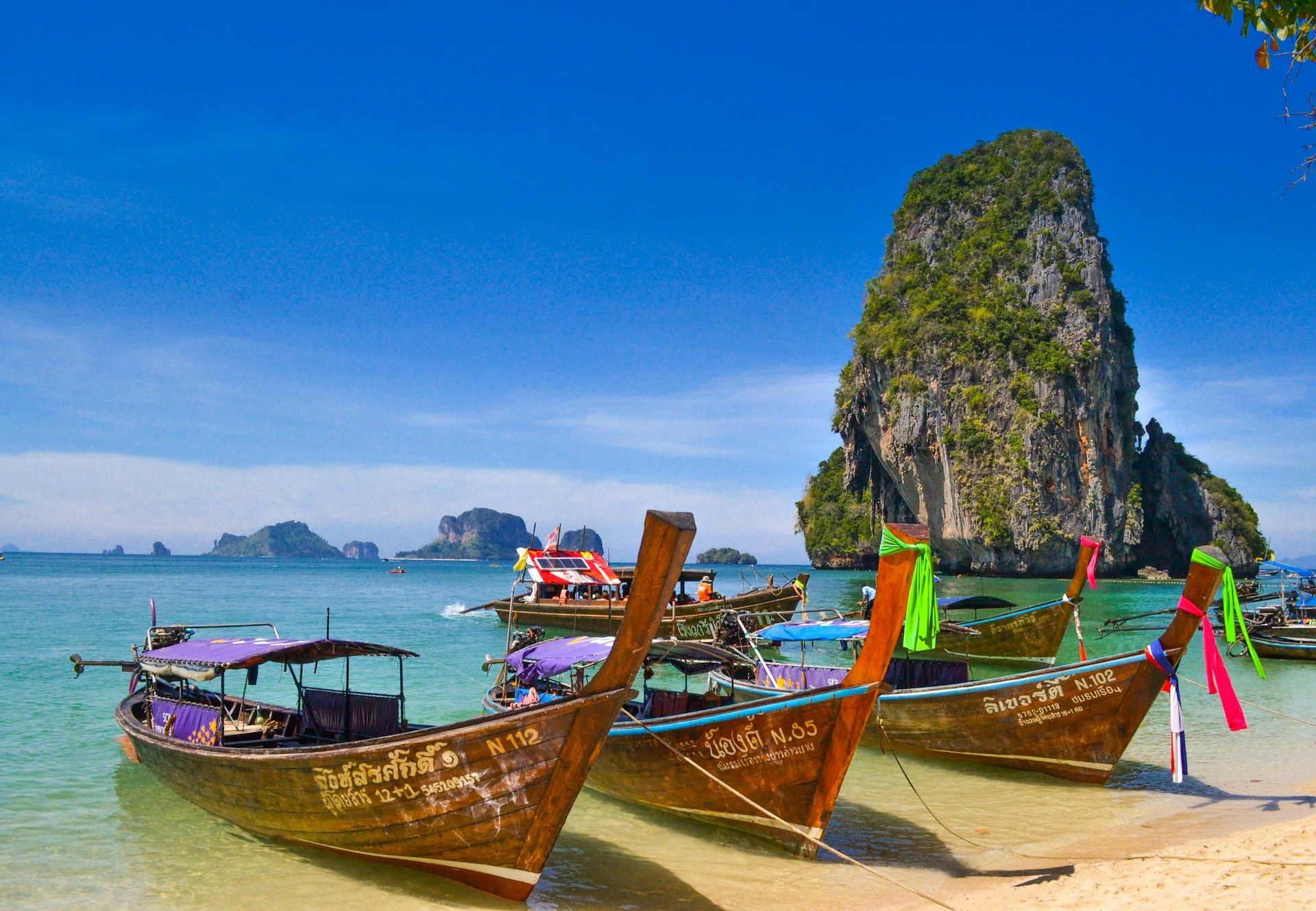
Nuotrauka: Sumit Chinchane svetainėje Unsplash
Ką pasiimti į vasaros kelionę į Tailandą
Atminkite, kad ruošiatės intensyviai saulei, itin karštiems orams ir didelei drėgmei. Pasiimkite kvėpuojančių ir lengvų drabužių, tokių kaip lengvi marškinėliai, šortai ir kvėpuojančios suknelės. Nepamirškite įdėti maudymosi kostiumėlio paplūdimio veiklai, saulės skrybėlės, akinių nuo saulės ir apsaugos nuo saulės priemonės.
Higienos reikmenyse nepamirškite vabzdžių repelento ir pagrindinio pirmosios pagalbos rinkinio. Daugkartinio naudojimo vandens butelis ir lengva neperšlampama striukė yra naudingi norint išlikti hidratuotam ir susidoroti su retkarčiais pasitaikančiais lietaus dušais.
Tailando musonai: ar tai blogiausias laikas keliauti?
Po karšto ir drėgno gegužės, birželį lietūs tampa stipresni ir dažnesni. Temperatūra šiek tiek sumažėja, ir vis dar yra daug saulės ir giedrų dienų tyrinėjimui.
Lietaus sezonas suintensyvėja liepos ir rugpjūčio mėnesiais, su stipresniais lietumis, ypač pietinėse vietovėse, prie jūros. Kraštovaizdis yra žaliausias, ir net esant stipraus lietaus galimybei, tai puikus metas tyrinėti laukinę Tailando pusę.
Rugsėjis yra pats drėgniausias mėnuo, o pietiniuose miestuose, tokiuose kaip Puketas, patiriami ekstremalūs lietūs ir stiprios bangos. Todėl būkite atsargūs, jei nuspręsite ten maudytis. Iki spalio mėnesio orai pradeda keistis
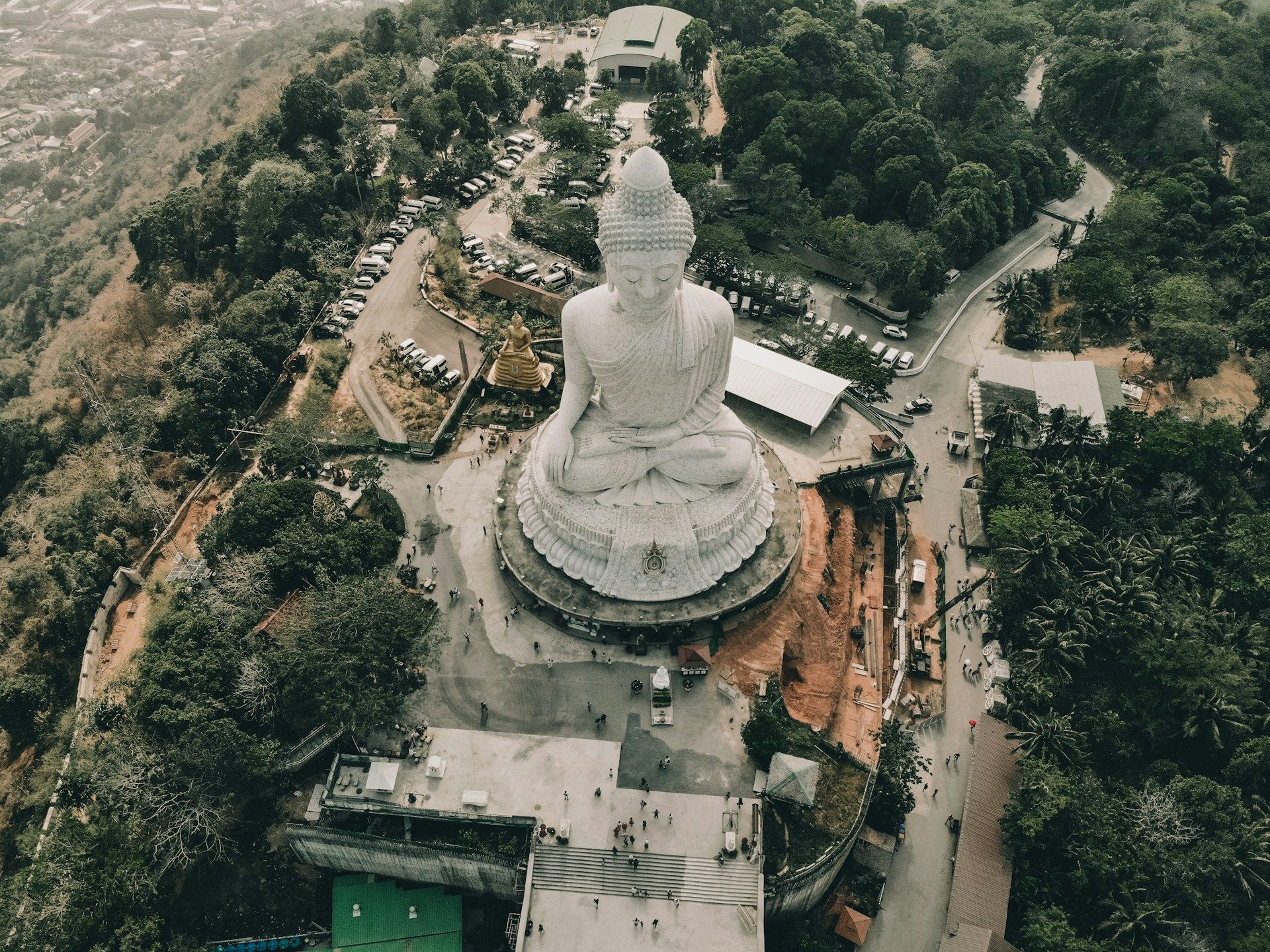
Nuotrauka: Miltiadis Fragkidis svetainėje Unsplash
Veiklos, kuriomis galima mėgautis lietaus sezono metu
Tailando lietaus sezono metu yra daug smagių veiklų ir renginių, kuriais galima mėgautis. Apsilankykite patalpų atrakcionuose, tokiuose kaip Bankoko žinomi muziejai, įskaitant Džimo Tompsono namą (Jim Thompson House) ir Siamo muziejų (Museum of Siam), kad sužinotumėte apie Tailando kultūrą ir istoriją. Taip pat galite puikiai praleisti laiką apsilankydami prekybos centruose, tokiuose kaip MBK ir Siam Paragon, kur galite įsigyti mielų ir unikalių suvenyrų, taip pat pavalgyti puikiuose restoranuose.
Jei norite išbandyti ką nors naujo, galite mėgautis sezonu ir prisijungti prie sveikatingumo rekolekcijų bei Tailando SPA. Abu variantai siūlo puikų komfortą patalpose ir yra puikios idėjos atostogoms. Būtinai išbandykite Tailando masažus ir žolelių kompresų terapiją, tačiau yra ir joga aktyvesniems žmonėms, ir meditacijos rekolekcijos dvasiniams keliautojams.
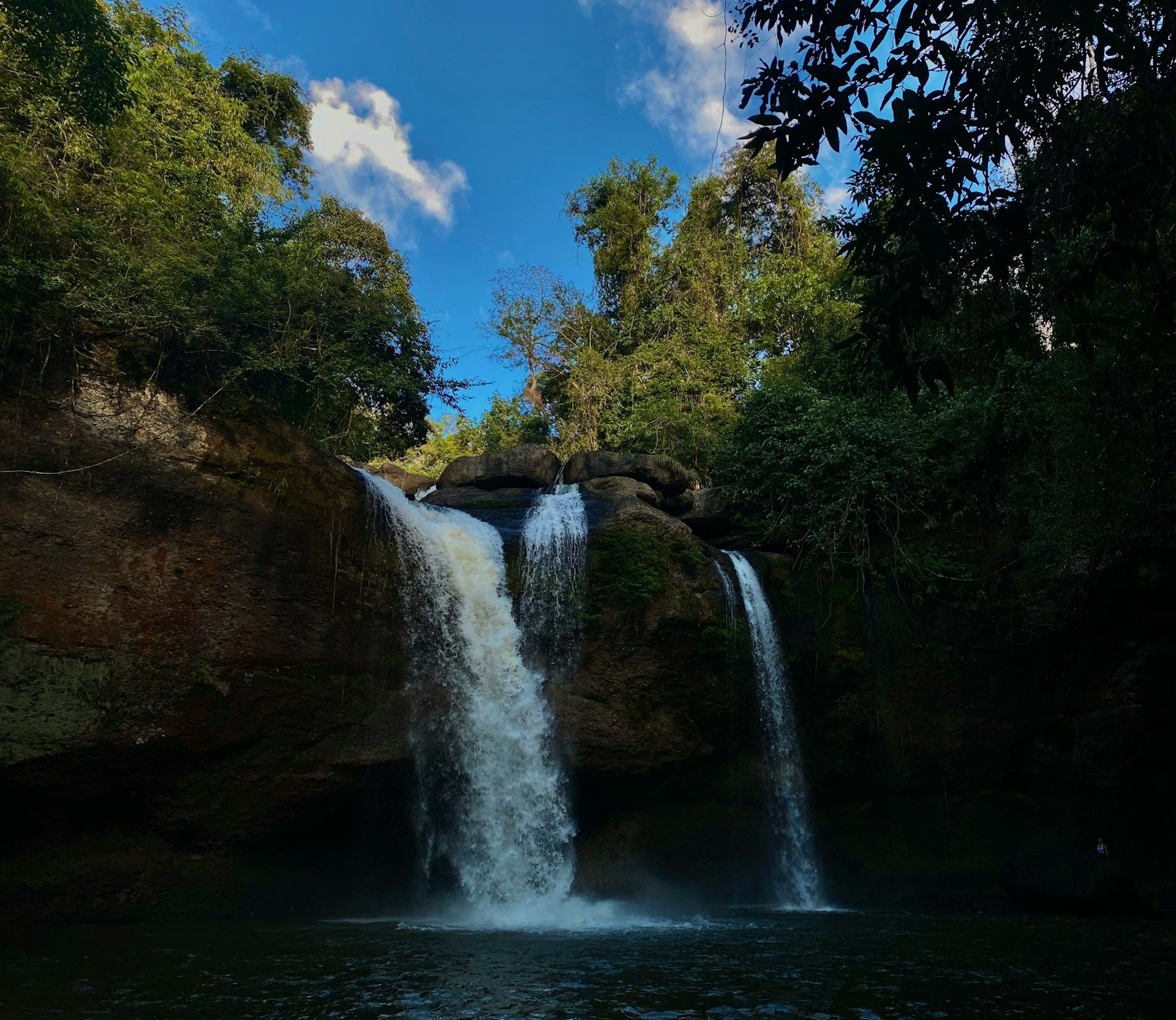
Nuotrauka: Manahil Ilyas svetainėje Unsplash
Ką pasiimti keliaujant musonų sezono metu Tailande
Keliaujant musonų sezono metu Tailande, pakuokite protingai, kad jaustumėtės patogiai ir sausai. Pasiimkite lengvų, kvėpuojančių drabužių, tokių kaip marškinėliai ir šortai, ir apsvarstykite lengvą neperšlampamą striukę staigiems lietaus dušams.
Patogūs vaikščiojimo batai arba basutės su geru sukibimu yra būtini drėgnomis sąlygomis, tačiau tiesiog įsitikinkite, kad jie greitai džiūsta. Nepamirškite skrybėlės ir akinių nuo saulės apsaugai nuo saulės, kai lietus nustoja. Daugkartinio naudojimo vandens butelis ir skėtis yra būtini, taip pat ir vabzdžių repelentas.
DUK apie Tailando lankymą bet kuriuo metų laiku
Kaip išlikti prisijungus Tailande?
Lankantis Tailande, labai svarbu išlikti prisijungus ir būti informuotam. Vienas iš būdų lengvai pasiekti vietinę informaciją realiuoju laiku ir palaikyti ryšį su draugais yra naudojant Yoho Mobile nemokamą eSIM bandomąją versiją ir gauti tiesioginę prieigą prie mobiliojo ryšio duomenų daugelyje šalių. Jokios SIM kortelės, jokių sutarčių, tiesiog greitas nustatymas ir esate prisijungę per kelias minutes. Jei vėliau norėsite įsigyti eSIM planą, naudokite kodą YOHO12 atsiskaitant ir gaukite 12% nuolaidą!
Kada blogiausia keliauti į Tailandą?
Blogiausias laikas aplankyti Tailandą yra musonų sezonas, nuo birželio iki spalio, dėl stiprių kritulių ir didelės drėgmės. Rugsėjis ir spalis yra ypač drėgni, su dažnais potvyniais ir stipriomis bangomis, veikiančiomis pakrantės vietoves, tokias kaip Puketas ir Krabis. Be to, karštasis sezonas nuo kovo iki birželio gali būti nepakeliamas, su aukšta temperatūra ir drėgme, ypač Bankoke.
Ar lapkritis tinka Bankoko aplankymui?
Taip, lapkritis yra geriausias laikas aplankyti Tailandą, ypač Bankoką. Orai šilti, bet ne per karšti, temperatūra svyruoja nuo 23°C iki 31°C. Kritulių kiekis sumažėja, todėl tai sausas ir patogus mėnuo. Tačiau tai yra piko turistinis sezonas, todėl rekomenduojama apgyvendinimą ir skrydžius užsisakyti iš anksto.
Kiek laiko praleisite Tailande?
Norint greitai susipažinti, 7–10 dienų pakanka, kad apžiūrėtumėte vieną ar dvi vietoves, pavyzdžiui, Bankoką ar Puketą. Norint gauti labiau įtraukiančios patirties, rekomenduojama praleisti dvi savaites lankant kelis regionus, tokius kaip Čiangmajus ir salos. Jei norite išsamiai tyrinėti, apsvarstykite galimybę pasilikti mėnesį, kad atrastumėte paslėptas vietas ir patirtumėte Tailando kultūrą be skubėjimo.
Kaip šalta būna Tailande?
Šiaurėje ir šiaurės rytuose temperatūra žiemą gali nukristi iki 12°C, o kalnų viršūnėse būna dar šalčiau. Bankoke temperatūra retai nukrenta žemiau 17°C, tačiau pastaruoju metu atšalus, žemiausia temperatūra siekė apie 15°C–16°C.
Žemiausia užfiksuota temperatūra Tailande buvo -1,4°C Sakon Nakhone. Tačiau Tailando klimatas paprastai išlieka šiltas, vidutinė temperatūra visoje šalyje svyruoja nuo 18°C iki 38°C.
